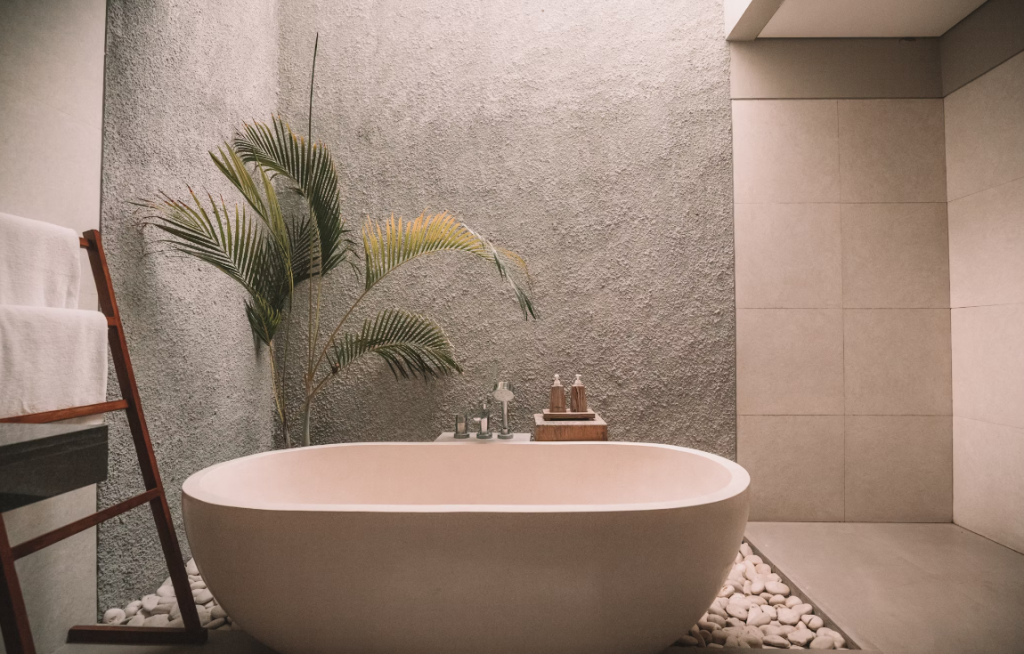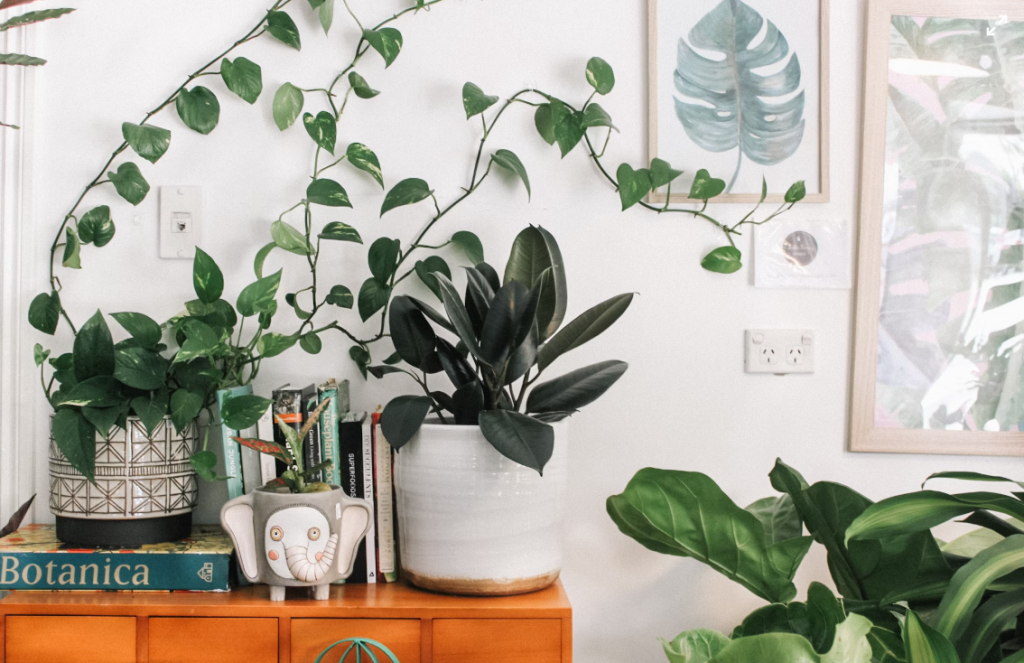In today’s world, more and more people are becoming aware of the environmental impact of their daily choices, including the products they buy for their homes. Buying eco-friendly home products is not only good for the environment but also for your health and well-being. This step-by-step guide will help you navigate the process of buying eco-friendly home products, from researching options to making informed buying decisions.
1. Introduction
Eco-friendly home products are those that are made from sustainable materials, have minimal impact on the environment, and are safe for both you and the planet. By choosing eco-friendly products, you can reduce your carbon footprint and contribute to a healthier planet for future generations.
2. Researching Eco-Friendly Options

Before buying any eco-friendly home products, it’s important to research the options available in the market. This includes exploring different types of products, such as cleaning supplies, furniture, and home appliances, that are eco-friendly.
3. Understanding Eco-Friendly Labels and Certifications
When researching eco-friendly products, it’s essential to understand the various labels and certifications that indicate a product is environmentally friendly. Look for labels such as “Energy Star” for appliances or “FSC Certified” for wood products.
4. Assessing Product Quality and Durability
While it’s important to choose eco-friendly products, it’s equally important to ensure that they are of high quality and durable. Look for products that are well-made and are designed to last a long time.
5. Comparing Prices and Affordability

One common misconception about eco-friendly products is that they are always more expensive than their conventional counterparts. However, this is not always the case. Compare prices and look for sales or discounts to make eco-friendly choices more affordable.
6. Evaluating Environmental Impact
Consider the environmental impact of the products you buy, including their carbon footprint and the resources used to produce them. Choose products that have a minimal impact on the environment.
7. Considering Health and Safety
In addition to being good for the environment, eco-friendly products are also safer for your health. Avoid products that contain harmful chemicals and look for natural and non-toxic alternatives.
8. Sustainable Packaging
Pay attention to the packaging of the products you buy, as packaging can have a significant impact on the environment. Look for products that use sustainable packaging materials.
9. Supporting Eco-Friendly Brands
Support brands that prioritize sustainability and eco-friendliness. Look for brands that are transparent about their practices and are committed to reducing their environmental impact.
10. Making Informed Buying Decisions
When buying eco-friendly products, it’s important to balance your personal preferences with your sustainability goals. Choose products that align with your values and lifestyle.
Conclusion

Buying eco-friendly home products is a small but significant step towards a more sustainable lifestyle. By following the steps outlined in this guide, you can make informed choices that are good for you, your home, and the planet.
FAQs
- Are eco-friendly products more expensive than conventional products?
- Not necessarily. While some eco-friendly products may be more expensive, there are many affordable options available in the market.
- How can I verify if a product is truly eco-friendly?
- Look for third-party certifications and labels that indicate a product is environmentally friendly.
- What are some common chemicals to avoid in home products?
- Some common chemicals to avoid include phthalates, formaldehyde, and triclosan.
- How can I make my home more eco-friendly?
- In addition to buying eco-friendly products, you can also reduce energy consumption, recycle, and use natural cleaning products.
- What are some benefits of using eco-friendly home products?
- Using eco-friendly products can reduce your carbon footprint, improve indoor air quality, and support sustainable practices.

